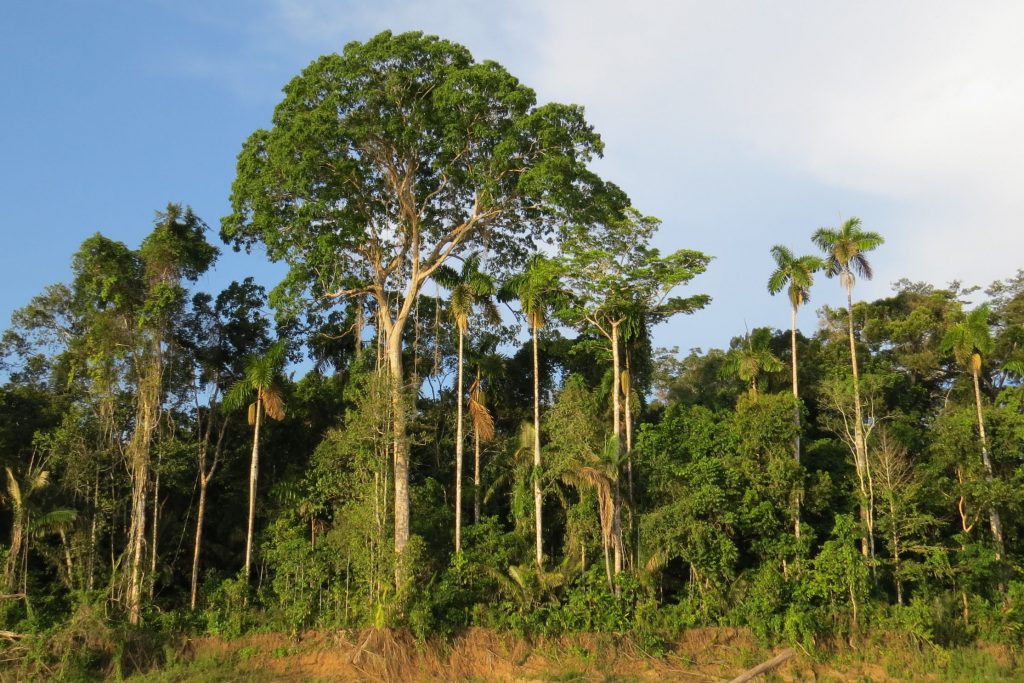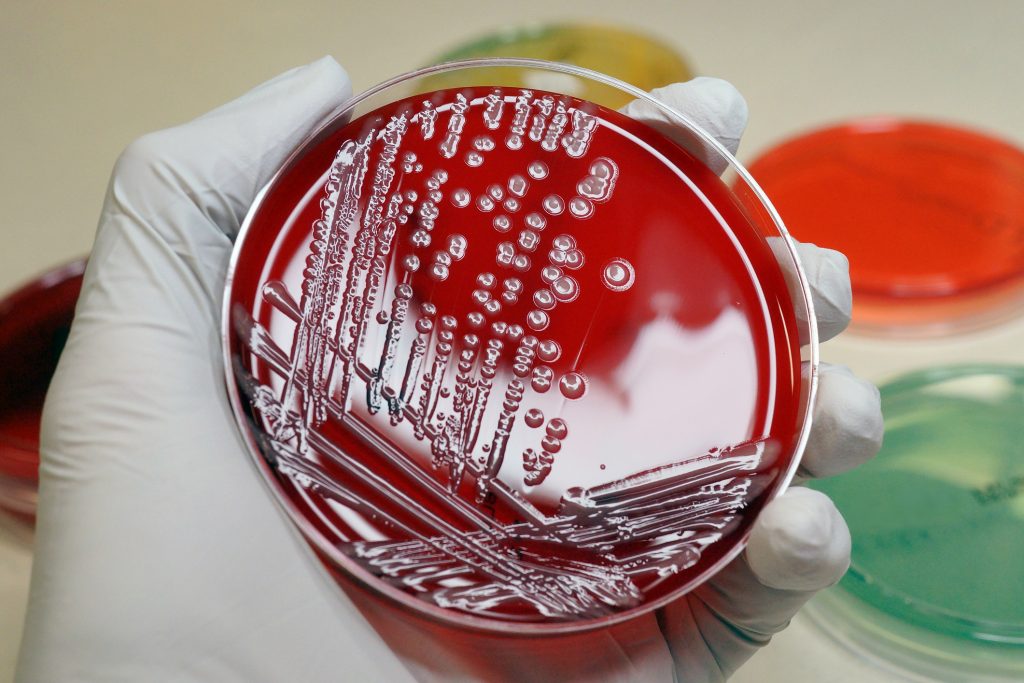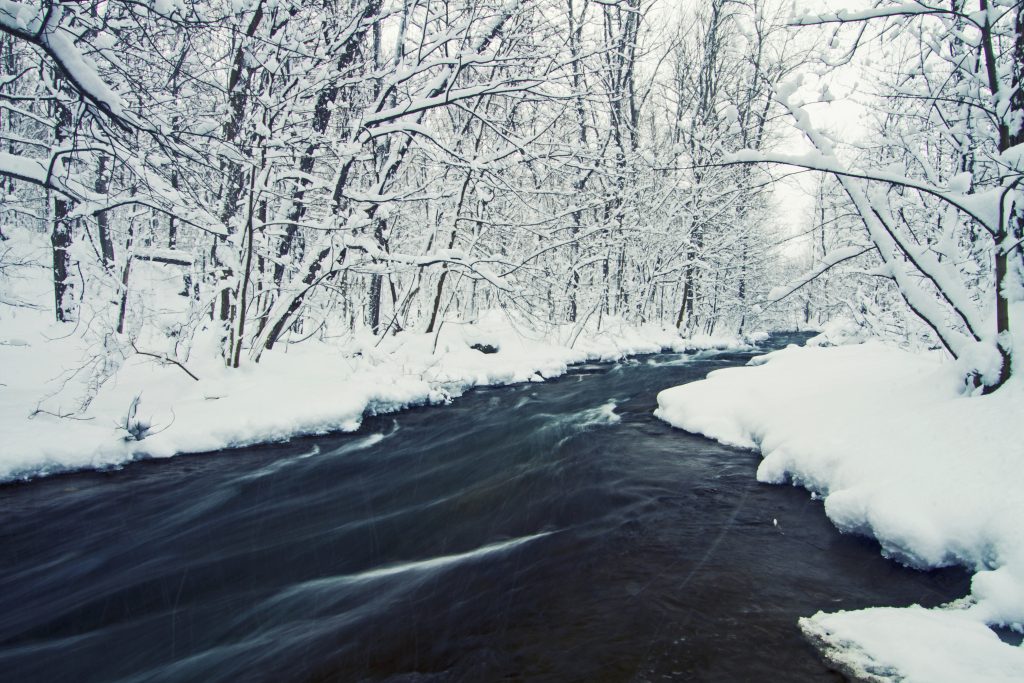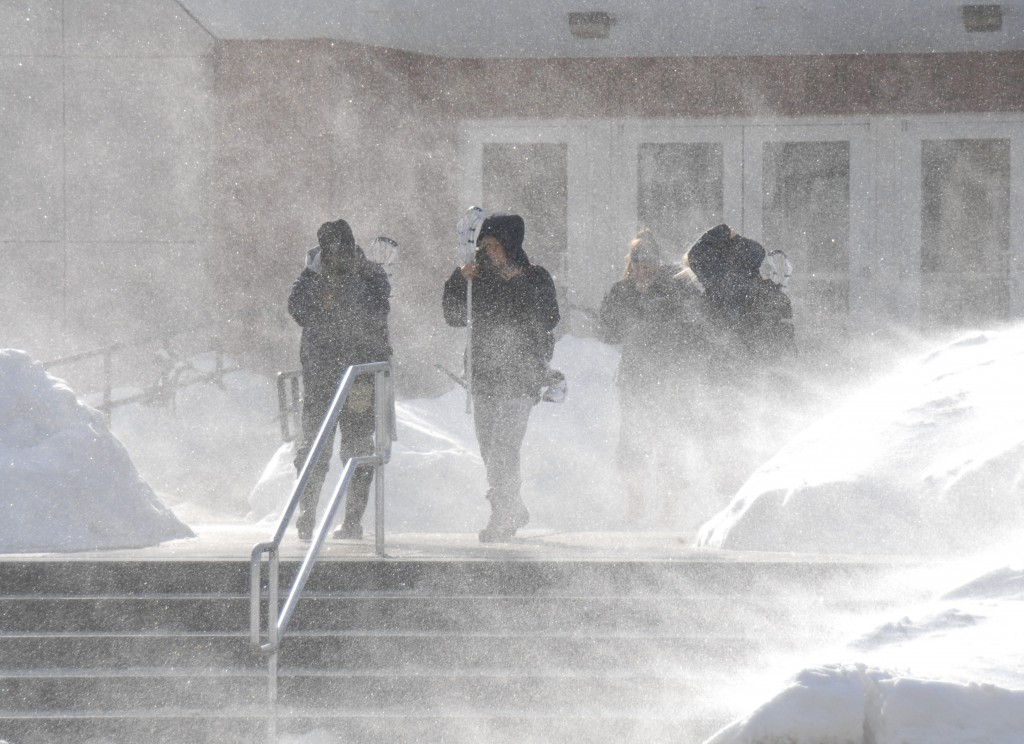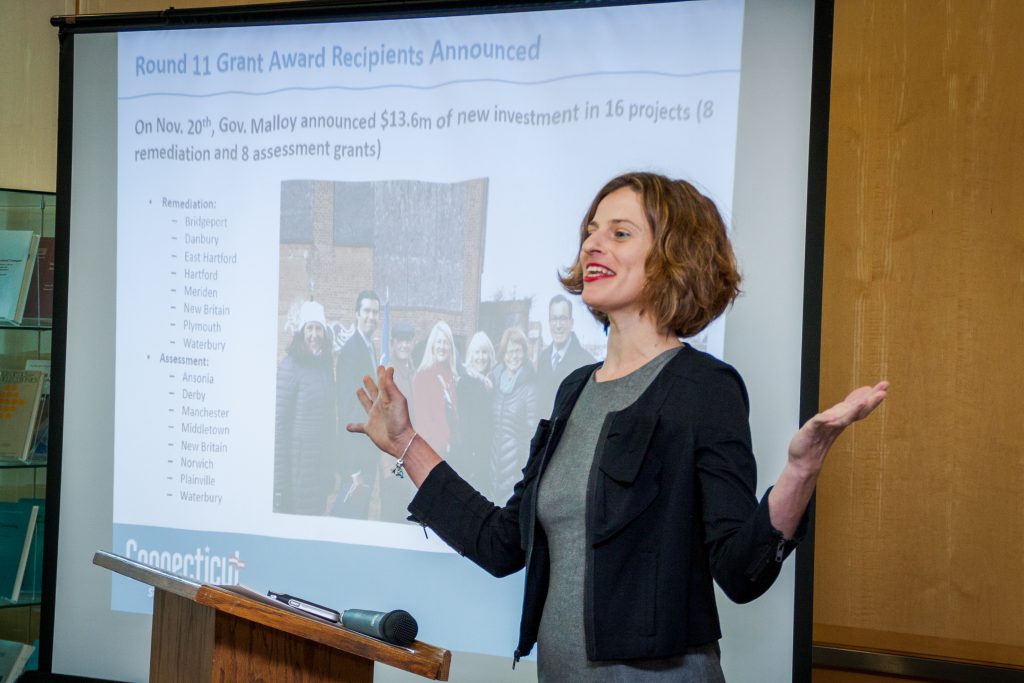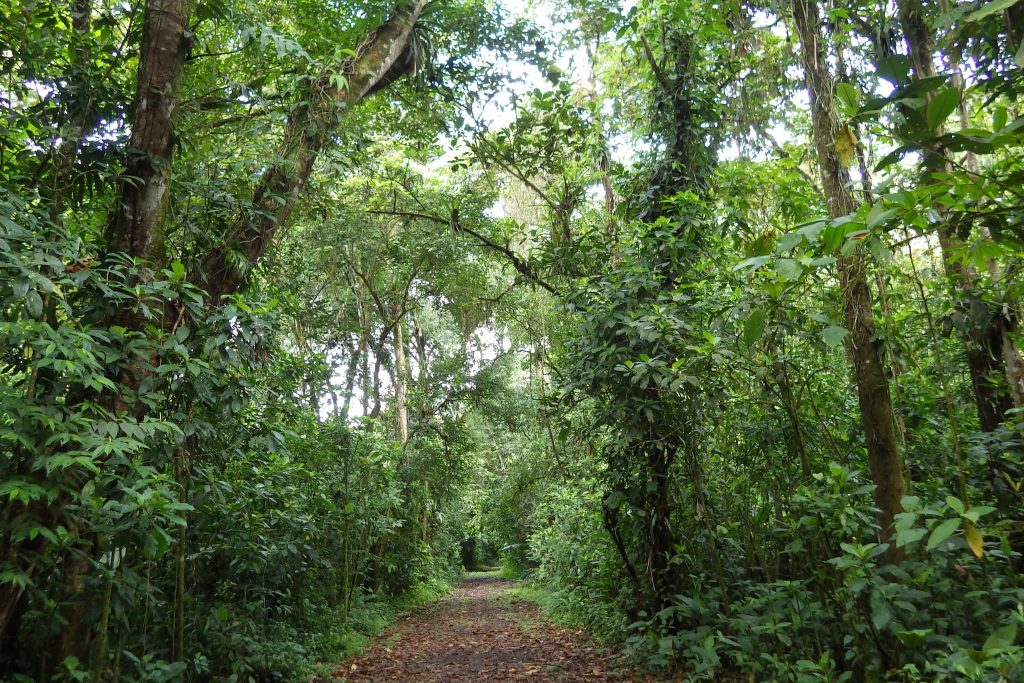Sustainability
Hunting is Changing Forests, But Not as Expected
The impact of hunting on rainforest ecosystems is less dire and more complex than previously expected, says a new study led by a UConn biologist.
February 15, 2018 | Elaina Hancock
Sourcing Contamination in Waterways
UConn Professor John Clausen is designing a system to identify upstream contamination sources so they can be addressed.
January 26, 2018 | Elaina Hancock
The Nation’s Waterways are Becoming Saltier, Study Says
Researchers found increased salinization and alkalinization of North America's freshwater supplies. What's happening across the nation and at UConn.
January 10, 2018 | Combined Reports
The Impact of Winter Storm Names
If the storm is large enough and enough people are within the storm warning range, it gets a name. But a UConn researcher found the name does not add credibility.
December 14, 2017 | Kenneth Best
Brownfield Remediation gets Groundswell of Support from UConn
Beginning next fall, students will be able to enroll in a class on grant proposal writing, regulatory and liability issues, site investigation and remediation, and other topics related to brownfield cleanup.
December 7, 2017 | Eli Freund
How Birds are Rescheduling their Lives Around Climate Change
'We were expecting them to only move in space, but we’ve demonstrated they also move in time,' says UConn researcher Morgan Tingley.
November 13, 2017 | Elaina Hancock
Reforestation: Knowing When to Let Nature Take its Course
Allowing Nature to restore deforested areas often restores them closer to the characteristics of the original forest than planting large numbers of trees, according to a new study involving a UConn researcher.
November 8, 2017 | Combined Reports
Living on the Edge Not for All Species
A new study finds that as tropical forests become increasingly fragmented, some species are at an ever-increasing risk for extinction, especially those that depend on the forest core.
November 1, 2017 | Elaina Hancock
Winter is Coming – Just How Bad Will it Be?
From analyzing long-range weather forecasts to reading signs in nature, UConn experts weigh in on what may be in store this winter.
November 1, 2017 | Elaina Hancock
Flocking to Storrs: A Birder’s Tour of Campus
From UCONN MAGAZINE: Ornithology professor Margaret Rubega said 'birds are everywhere.' Then she proved it.
October 26, 2017 | Lisa Stiepock, with bird photos by Mark Szantyr and landscape photos by Peter Morenus
